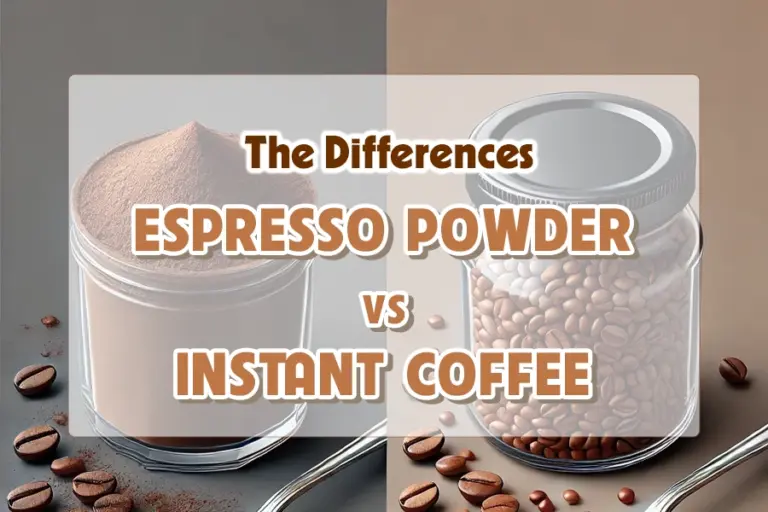What is French Roast Coffee? Fun Facts To Discover
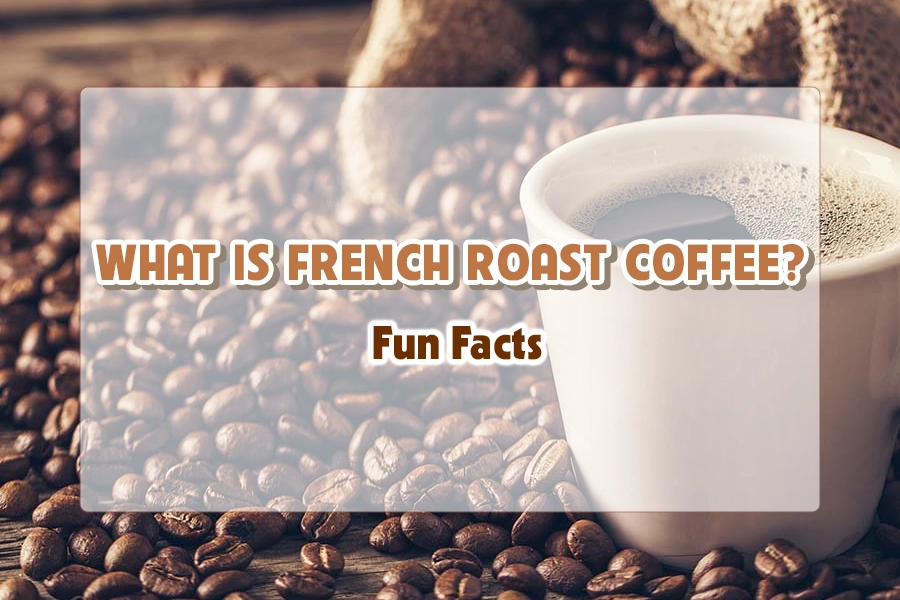
Among the phrasing of coffee beans, beginnings and broiling procedures, there is one question that emerges in the minds of coffee devotees: What is French roast coffee? Some people believe that the name ‘French roasted coffee’ refers to the type of coffee beans used. A few individuals expect that the title ‘French roast’ alludes to the sort of coffee beans utilized. However, this is not genuine. This European-originated title alludes to the broiling strategy in which the coffee beans are warmed until they reach a dark, charcoal-like color.
French roast coffee is a prevalent fashion and is favored by numerous coffee consumers. Dark roast is rapidly becoming one of the favorite roasts of coffee devotees around the world. French roast coffee has a wealthy, vigorous flavor with a distinctive bitter and marginally smoky taste, flavors regularly taken after dim chocolate or toasted caramel.
So a few coffee authorities call French roast coffee a ‘burnt’ coffee. Join us as we explore the rich, smooth flavors of this unique coffee through the article below.
What is French Roast Coffee?
French roasting is a dark roasting method that results in a dark, charcoal-like color. French roasts have a fuller flavor, with hints of caramel and smoke, and are less acidic than other types of coffee.
Legend has it that the French roasting fashion of coffee started in France in the 1800s, and was well-known in much of Europe by the early 19th century. Named after the traditional European method of utilizing a more intensive roasting process, French roasts carved out a specialty for themselves in the coffee chain.
Its extended roasting process is what gives French roasts their distinctive characteristics. Unlike most other roasts, French roasts are roasted to what is called a “second crack.” They are cooked so intensely that they produce two pops during the roasting process. This double-roasting characteristic makes it nearly impossible to taste the many flavors of the beans or their origins and gives them a charred or smoky flavor.
French roast coffee is a dark roast, delivering a rich and moderate bitterness. With rich notes like dark chocolate or caramel. This roasting method helps the coffee maintain balance, not too bitter or slightly sour like many other light-roasted coffee.
Method and Flavor of French Roast Coffee
The journey from green coffee beans to shiny black gems is more art than science. The discerning judgment of an experienced roaster is the real secret ingredient—ensuring that each batch of French Roast coffee delivers flavor and depth to every cup.
Processing method
What coffee is French roast? Like all coffee, the journey from bean to cup of classic French Roast includes 3-step:
Step 1: Select the bean source
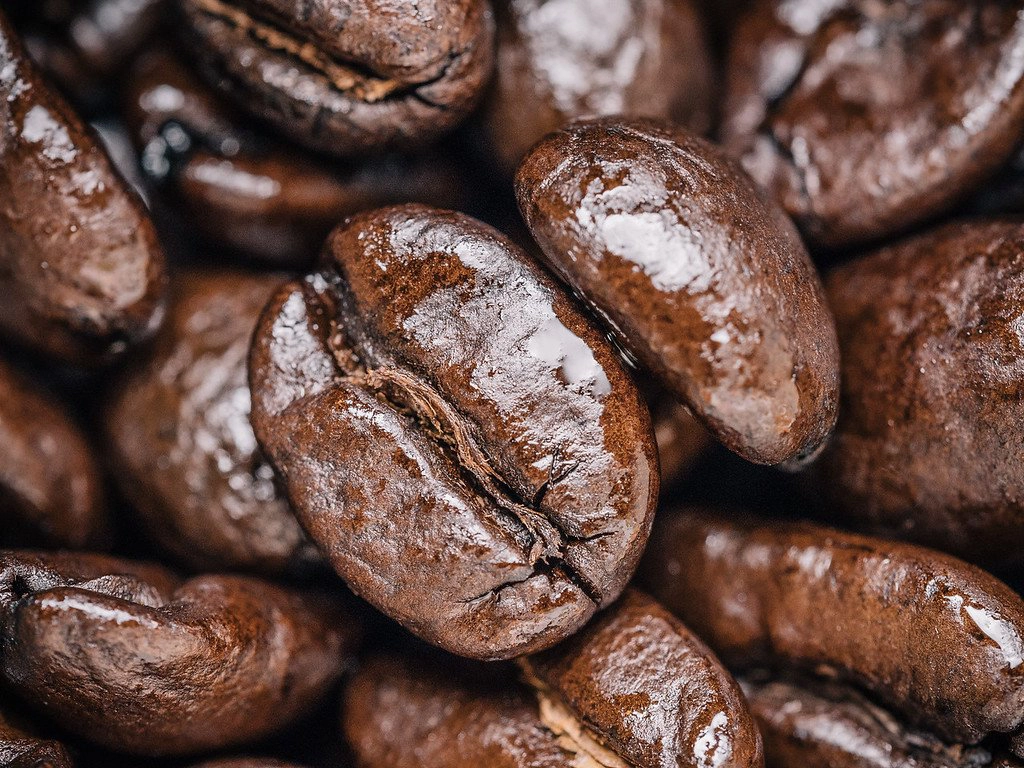
While technically any bean can be French roasted, high-quality, single-source beans are often used to maintain consistency throughout the roasting process. French roast coffee is a dark, rich roast that can come from all over the world. Common origins include Central American coffee beans like Costa Rica or Nicaragua, African coffees like Kenya or Cameroon, and Indonesian coffees like Sumatra or Celebes Kalossi.
Step 2: Roasting method
A dark roast like a French roast is made by heating the coffee beans to temperatures of around 450 to 455 degrees for a long period of time. French roast beans are also at the end of what is called the “second crack” stage. This means that they are cooked so intensely that they produce two cracks during the roasting process:
- One crack is caused by the release of steam.
- The other crack happens when the cell walls break down and discharge oils onto the surface of the bean. The lush oils are drawn from deep within the dark beans, giving them a noticeable sheen.
At this tall roasting temperature, but not over 455 degrees, the beans will turn dark brown and create a light luster. Once the beans have come to the wanted roast level, they are cooled rapidly to halt the roasting process.
Step 3: Grinding and brewing method
The journey ends when the freshly roasted beans are ground to the desired coarseness or packaged as whole beans. Once the coffee is delivered to your door, you can prepare the beans using any method you choose. French roasts are regularly brewed as drip coffee. They are great for making strong espressos, and can also be made well in a French press.
Flavor
For those who want to explore the deeper, more mysterious side of coffee, French roasts are alluring. If you are new to the world of dark roasts, just looking at the almost charred beans, you may wonder, “What is a French roast coffee? Is it bold, or just too strong?”French roasts are known for their full-bodied flavors, lacking the bitterness or acidity of other dark roasts, and sometimes with a bit of complexity. Most people associate them with sweet smokiness and a strong bitterness.
Compared to lighter broils, French roasts are much more acidic and lower in caffeine. They frequently have a burnt, charcoal-like smell. The coffee has a light flavor, feeling sweeter than some other types of coffee. The final product produces a subtle sweet caramel flavor that adds depth to the final cup.
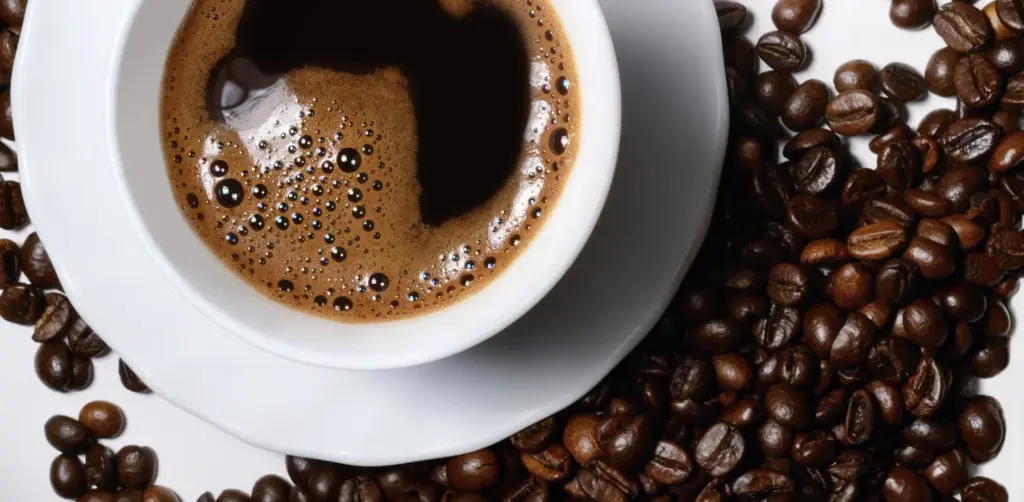
5 Characteristics That Set French Roast Coffee Apart
Whereas lighter roasts highlight the interesting flavors of the beans, a French roast brings out the roaster’s one of a kind flavors, making a coffee that is particular from other coffees.
Full Flavor
French roasts have a rich caramel color, with flavors that can include chocolate, smoke, wood, nut, and more.
Smooth Texture
The slight sheen that appears during brewing gives a smooth, rich texture that is significantly different from lighter and darker coffee beans.
Less Acidic
One thing that sets a French roast separated from lighter roasts is the acidity level. When coffee beans are roasted at higher temperatures for longer periods of time, acids break down into littler, less forceful compounds, making French roasts smoother than a few lighter roasts.
Low Bitterness
Compared to lighter roasts, French roasts are considered less bitter. As coffee beans are roasted, compounds that contribute to bitterness break down and other compounds are at the same time changed into caramel flavors. Additionally, the rich, robust flavors characteristic of French roasts can overshadow some of the bitterness that may be present.
Versatile
These characteristics make French roasts ideal for a variety of brewing methods, beyond your coffee maker:
- Cold brew, which takes advantage of the chocolatey sweetness and carbonation of dark roasts.
- French press, which holds the oils in the beans for a wealthier flavor.
- Espresso machine or moka pot, which softens the harsh acidity with a rich, roasted flavor.
- Can be delighted in dark, with milk and sugar, or in a specialty drink formula.
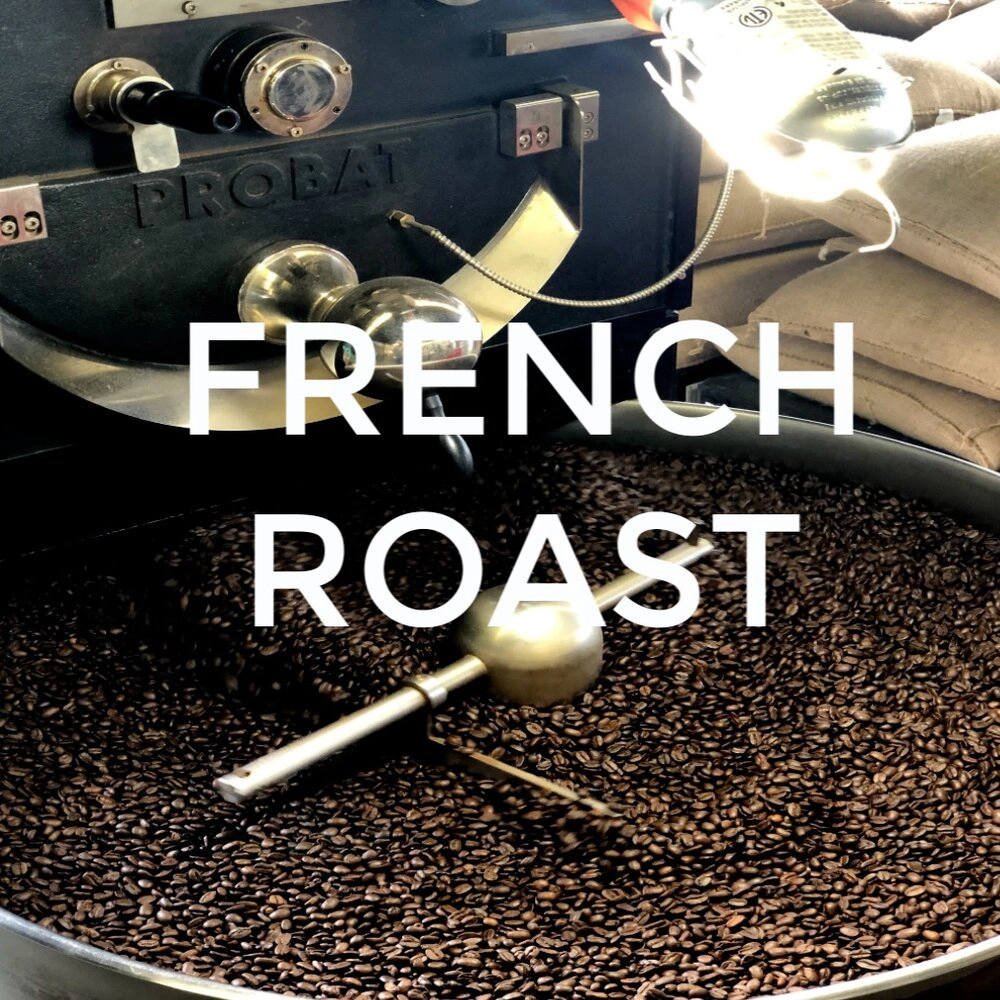
Final Words
What is French roast coffee? It’s an extraordinary roasting process that makes a smoky, caramel flavor. French roast coffee is solid however smooth, making it a perfect choice for experienced coffee consumers who need the perfect cup. Most people find the harshness too much, while others enjoy its bold flavor. French roast coffee is definitely worth a try if you like bolder coffees—as long as you can handle the extra intensity! When brewed properly and served without additives or cream, French roast coffee offers some surprising health benefits, like increased antioxidants that help support your immune system.
FAQs
Yes. You may see “dark French roast” on a few sacks of coffee. This is comparable to a standard French roast but darker and oilier. It has a more grounded burnt flavor than a normal French roast. Beyond any doubt, a dark French roast is an exceptionally dark roast, but if you’re looking for something indeed darker, go for a Spanish roast. This is the darkest roast accessible.
Espresso roasts are a little lighter than a French roast. The most popular roast for espresso shots is this one. Lighter than that is a Full roast, a roast category that incorporates High, Continental, and Vienna.
The answer is no. French roast and Turkish coffee may sound comparable but they are really very diverse. The term ‘French Roast’ alludes to a certain level of roasting, which has less acidity and caffeine compared to lighter roasts due to the longer time it spends in the warm. This results in beans with a sweet smoky flavor balanced out by a strong taste, lean body, and mouthfeel.
Turkish coffee is not a depiction of the bean that’s being utilized but instead indicates how it’s prepared. As a rule coarse ground coffee bubbles in water until it shapes a froth on top.




